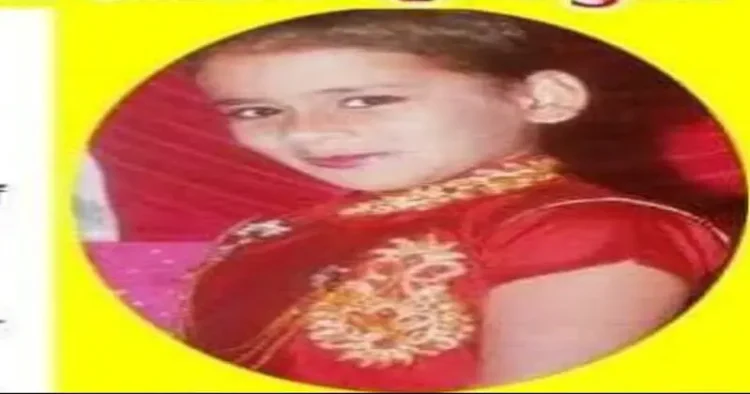This is a story about grit, which was personified by a Dalit-Hindu girl called Vaidehi in Tamil Nadu’s Meenakshipuram as she refused to embrace Islam. It was on February 23, 1981, when Dr Nasruddin Kamal along with his companions, were holding a Dalit family hostage. The incident, marked by the conversion of approximately a thousand Dalits to Islam and the subsequent renaming of Meenakshipuram to Rahmatnagar, took a tragic turn when Vaidehi, a spirited 8-year-old, adamantly refused to embrace Islam.
Vaidehi’s determination stemmed from her deep-rooted love for the Gayatri Mantra, a Vedic chant taught to her by her grandfather. She told her grandfather that she would not accept Islam since those asking her to do so had blood on their hand as they had murdered her classmates. Her grandfather tried to convince Vaidehi. However, the little girl did not budge under any kind of pressure.
On the contrary, she reminded her grandfather about the story of two children of Guru Gobind Singh who were crucified alive on the wall, but they had not accepted Islam. Despite facing immense pressure and brutality, she stood firm, comparing herself to the Sikh brothers, who faced crucifixion for their refusal to convert.
The narrative took a grim turn as Maulana Nuruddin Khan, along with Dr Nasruddin Kamal, resorted to extreme measures to force Vaidehi into submission. Reports suggest that she was subjected to horrific physical torture, including immersion of her face in scalding water. Vaidehi, however, remained resolute, declaring, “I will not accept Islam.” The water in which Vaidehi’s face was immersed was so hot that the steam formed looked like smoke. The skin of the girl’s face was torn off after being dunked just once and she screamed and asked bhagwan to help her.
Even when faced with chili powder being rubbed on her face and a head-first plunge into a burning stove, Vaidehi’s unwavering commitment to her beliefs remained unchanged. The distressing scenes unfolded before Dr Nasruddin Kamal, who, despite his involvement in the conversion efforts, found himself deeply moved by the girl’s steadfastness.
Driven by a sudden change of heart, Nasruddin Kamal secluded himself for ten days, immersing himself in the study of Vedic scriptures. On November 11, 1981, he publicly renounced Islam and embraced the Vedic religion, adopting the name Acharya Mitrajeevan. His family followed suit, with his wife taking the name Shraddhadevi and their daughters named Amrapali, Archana, and Aparajita.
Acharya Mitrajeevan’s transformation marked a turning point in this tragic tale. He expressed remorse for the events that transpired, especially the brutal fate of Vaidehi. On November 15, 1981, at Arya Samaj Santa Cruz, Mumbai, he appealed to the Hindu society to adopt his daughters, emphasising that such an act would serve as atonement for the tragedy he witnessed.
While the story is one of sorrow and loss, it also highlights the resilience of an innocent girl who stood firm in the face of adversity. The conversion attempt, which initially seemed like an irreversible tragedy, took an unexpected turn with the redemption of Dr. Nasruddin Kamal. The plea for the adoption of his daughters serves as a poignant reminder of the consequences of intolerance and the possibility of redemption even in the darkest of times.
The events in Meenakshipuram serve as a sombre reminder of the complexities surrounding religious conversions and the impact on individuals caught in the crossfire. The tale of Vaidehi and Dr Nasruddin Kamal’s transformation underscores the need for religious tolerance and the potential for redemption even in the most challenging circumstances.



















Comments